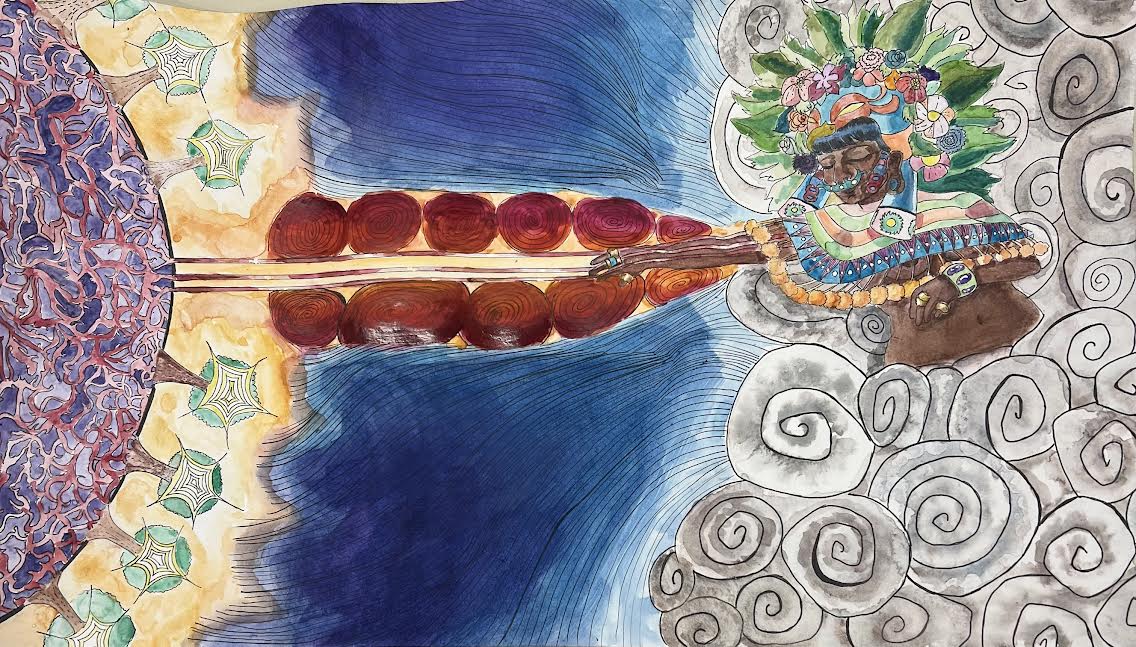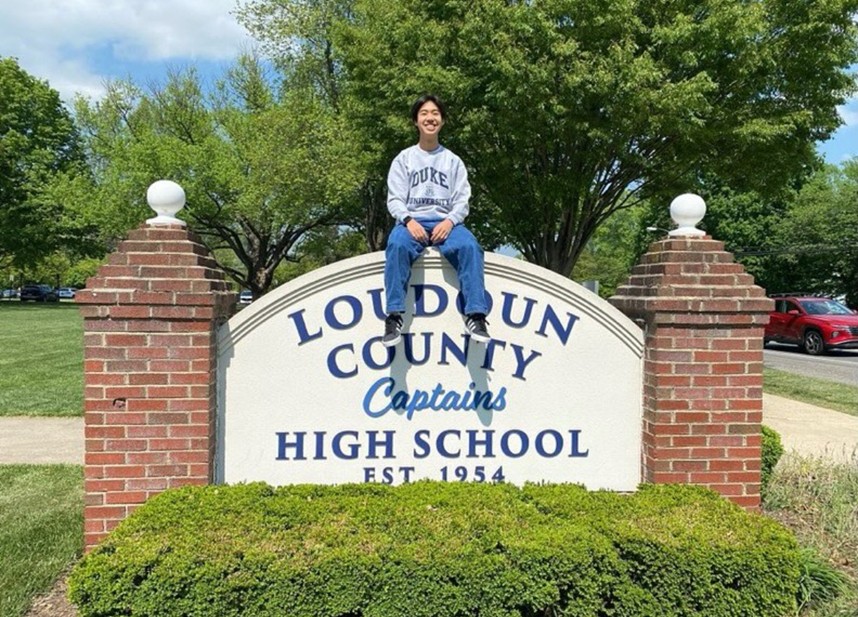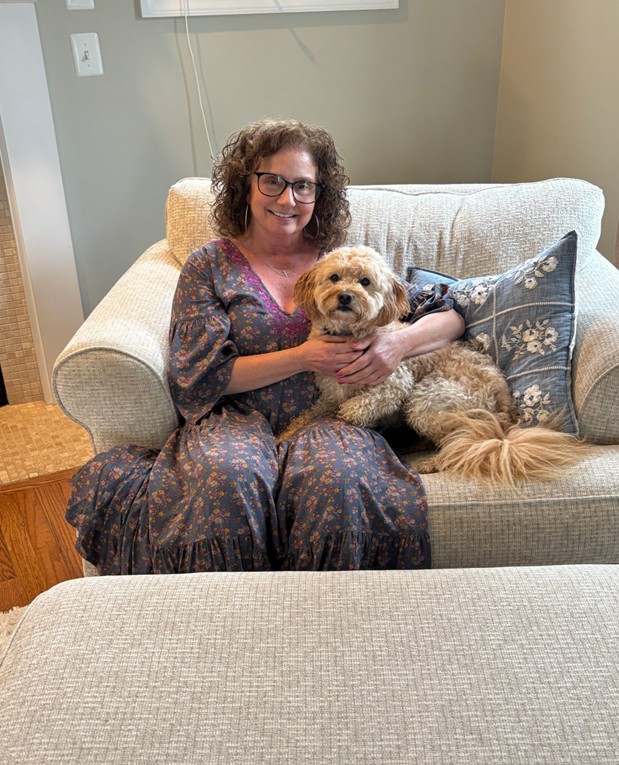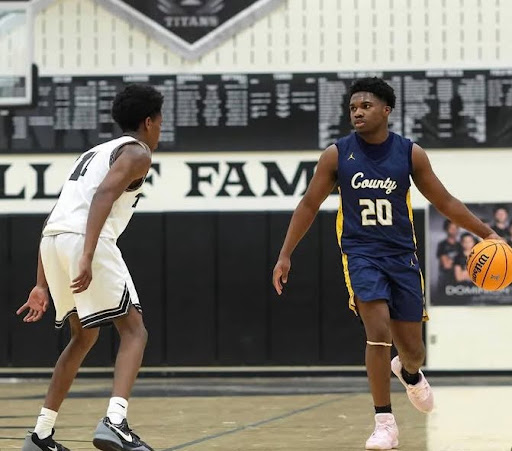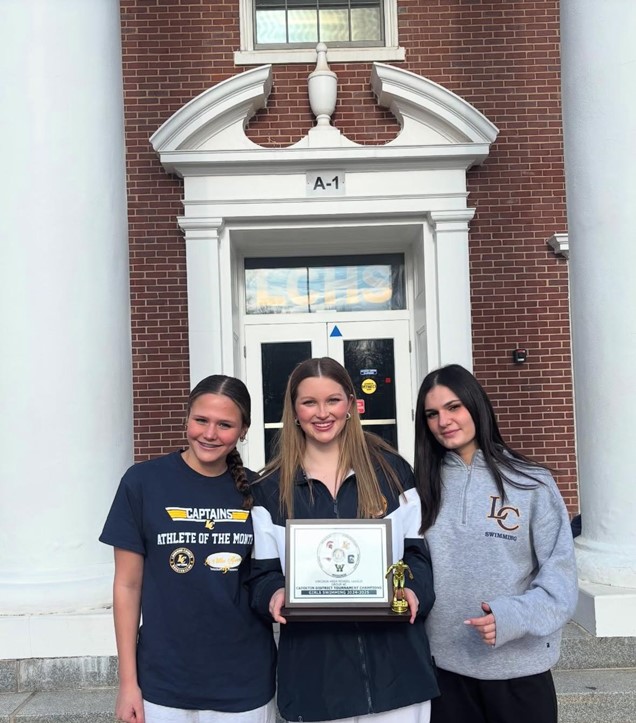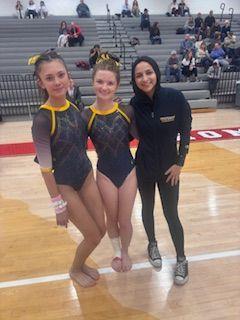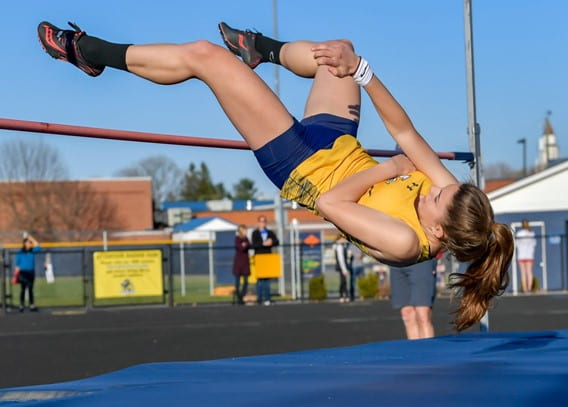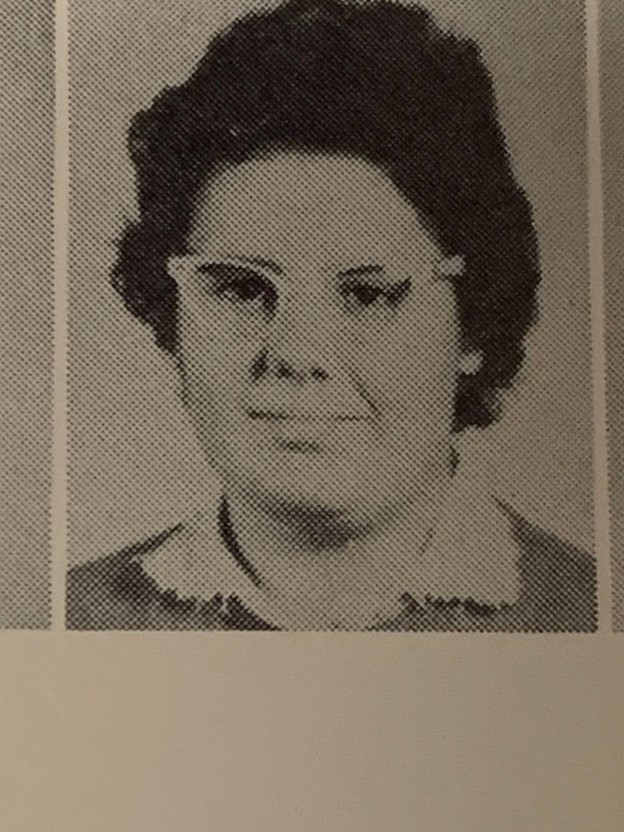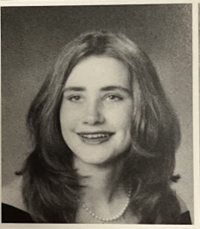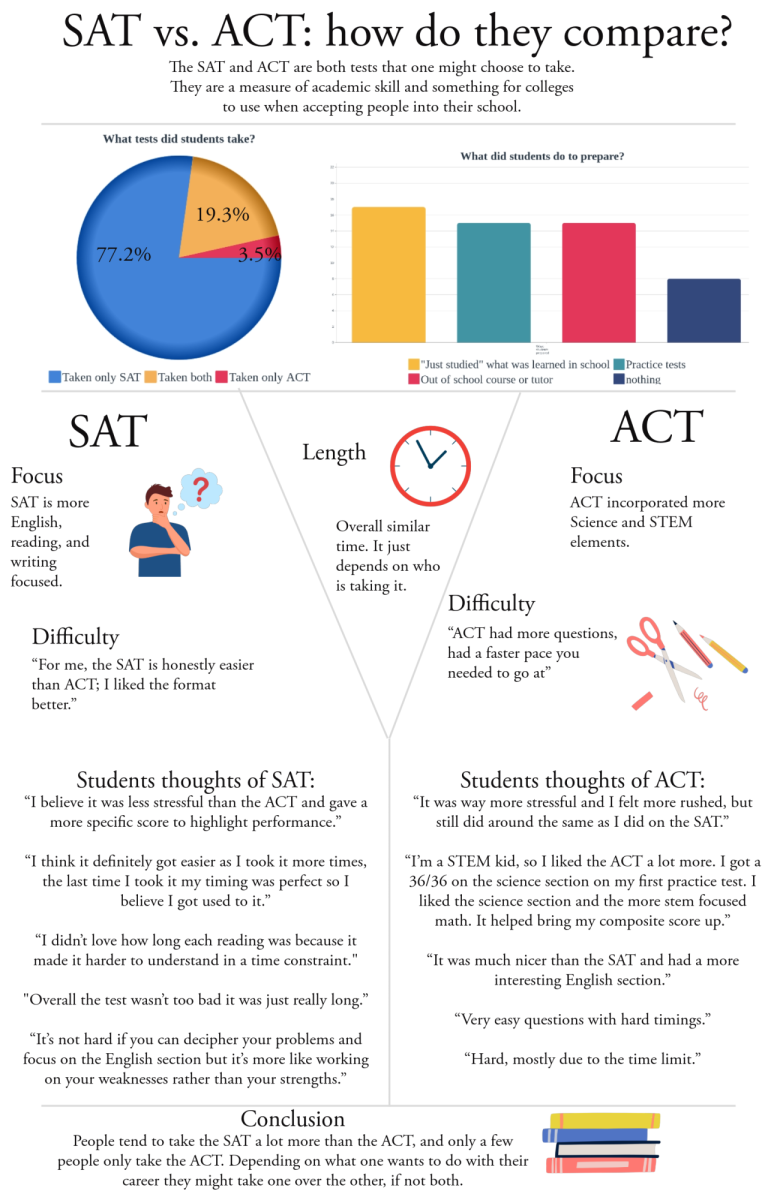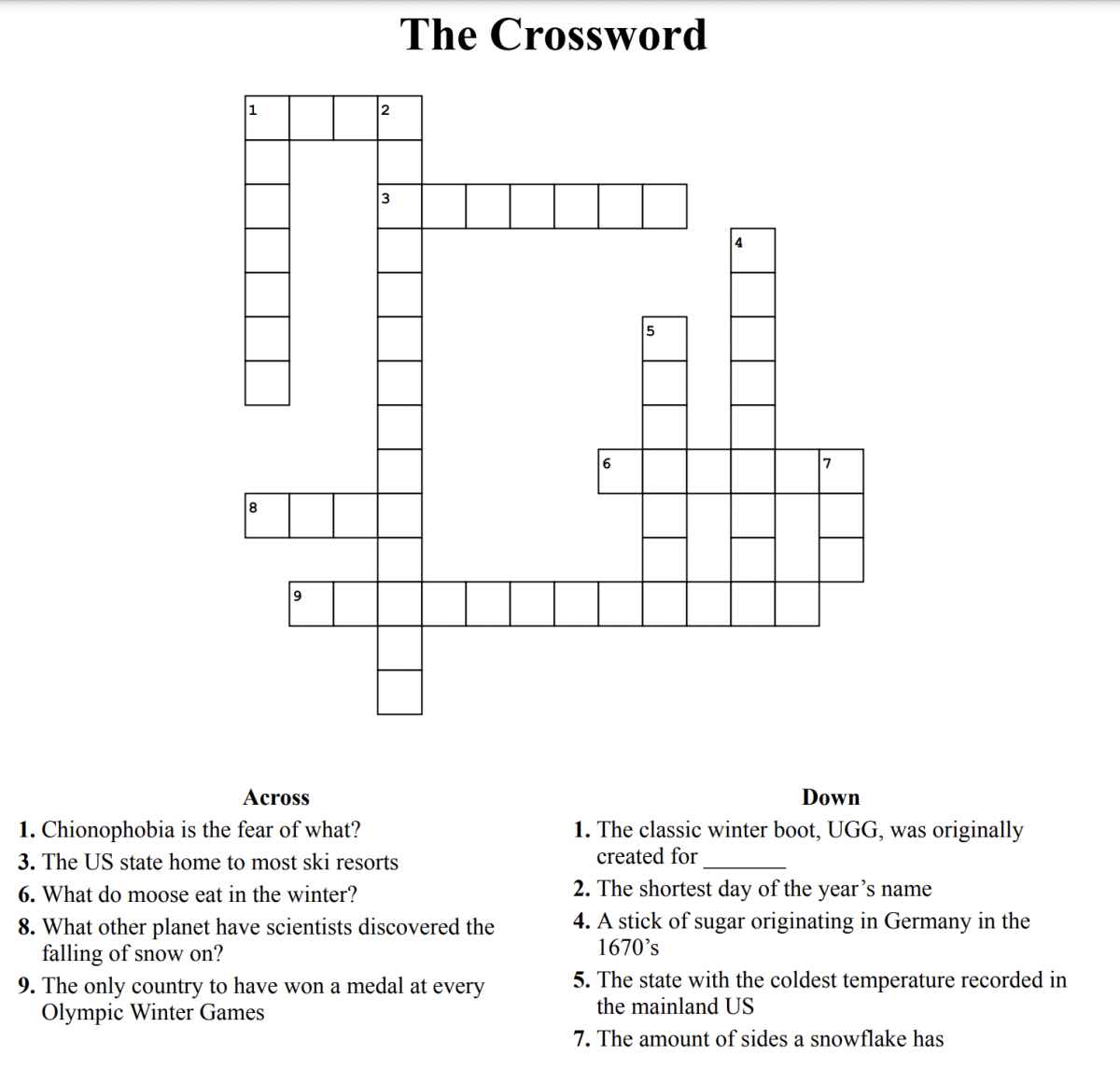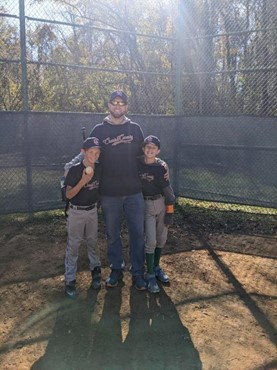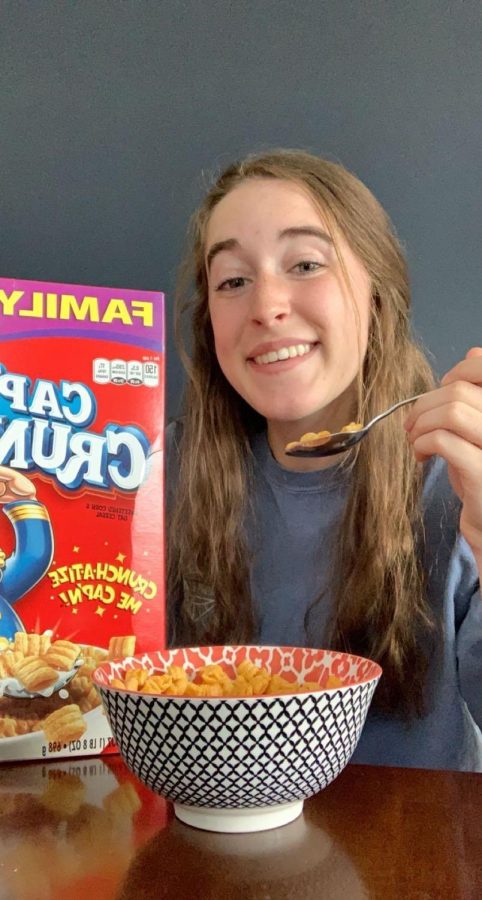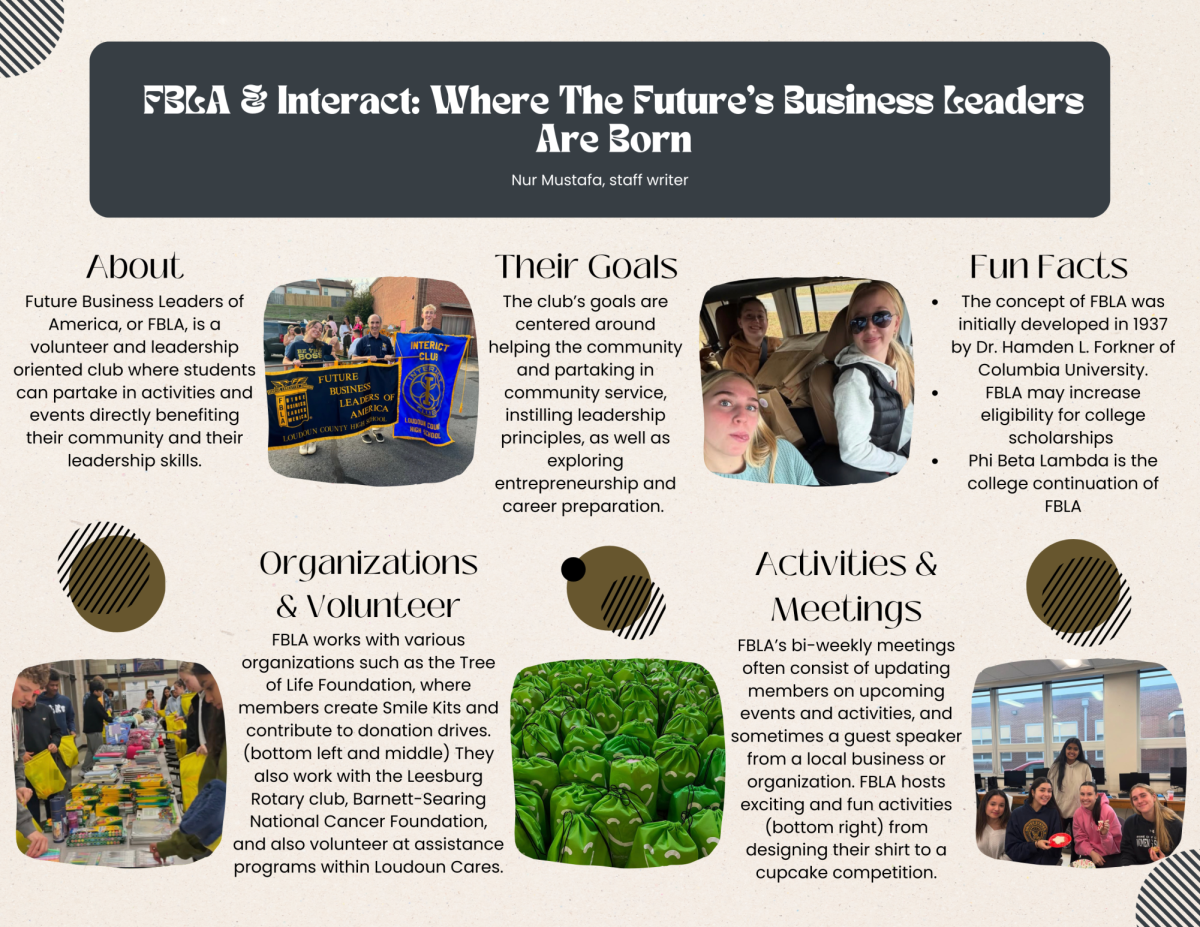Imagine being given the opportunity to interview a historical figure that you have been learning about since elementary school. Freshman Bellen Woodard doesn’t have to. In November, Woodard talked with Ruby Bridges over a video call in what would be the first of two interviews she conducted with the famous American civil rights activist.
“It was really cool to be able to talk to a historical figure that everybody knows,” Woodard said. “Especially because I feel like we’re very similar in a way.”
Woodard met Bridges in Memphis, Tennessee, last spring. Bridges is known for being the first African American student to desegregate William Frantz Elementary School in 1960. One of Bridges’ sayings is that she was “protected by the innocence of a child,” meaning that as she walked into the school, she wasn’t aware that people didn’t want her there.
Like Bridges, Woodard has been making changes in the world since the third grade, starting with her elementary school. Woodard noticed that when coloring, students asking for the skin color crayon were referring to the peach color. “I feel like we all noticed it, we just never did anything about it because it was natural and we just said it every single day,” Woodard said. “But not everyone’s skin color is peach.”
After talking about the matter with her mother, Woodard devised a plan for the next time her classmates asked her for the skin color crayon. She decided, “Next time, I’m actually going to ask what color they want, because it could be any number of beautiful colors,” she said. “And so that’s exactly what I did when I went back to school.”
Woodard’s wonderful idea eventually spread all around her school. After noticing the impact that it had, she decided to start her very own brand of skin color crayons. The release of Woodard’s crayons opened the doors to many possibilities for Woodard, including a personal invite from the show “Shark Tank” to pitch her idea to the sharks. While Woodard is considering her “Shark Tank” invite, her crayons are available at Target and Amazon.
The release of her crayons also led to the creation of her book “More Than Peach.” While interviewing with Scholastic to be featured in their magazine, they found out she was writing the book and offered to publish it. “I was really lucky for that because I met them before,” Woodard said. “It just so happened that I started writing, and they already knew of me.”

Now, as a CEO of her own company and due to her work as an activist, Woodard has been recognized as one of the TIME 100 Voices.
But as a freshman in high school, Woodward makes sure to balance all of her achievements with her hobbies, one of which is dancing. “When I was little I loved ballet,” Woodard said. “It was getting kind of boring, but I eventually came back to it and got on pointe.”
“I don’t just do ballet. I do lyrical, jazz, and contemporary,” Woodard said. Her favorite out of all, however, is contemporary. “It’s slow, but could also be fast. I just like the precise movements, and it resembles ballet.”
This fall, Scholastic released the cover for Woodard’s newest book titled Ballet Brown, which explores the story of how Woodard started wearing ballet brown instead of pink. “I eventually learned that pink was actually the color of the tights because it resembled the skin color and looked better on stage for light dancers. And it didn’t look like that for everyone,” Woodard said. “Not everybody’s bright pink.”
“Once I learned that, I started wearing, and now wear, brown tights and brown pointe shoes, because it flows better and gives me the same effect [as pink tights on light dancers],” Woodard said. Her new book is due to release with Scholastic in May.
With all of her hobbies, school, and other professional obligations, Woodard receives many requests for her attention. To balance school and her other endeavors, she carefully chooses interviews with her mother to make sure that she isn’t too overwhelmed. “I love talking to people still. That’s definitely one of my hobbies. But at the same time, I still love to dance and I still have school work to do. And so we both make sure that there’s a balance.”
Woodard has a strong and positive mindset about constantly questioning that status quo and pushing for things to be better, as she wrote in a piece for Time Magazine.
“You could be changing lots of other people’s lives, and that’s what I learned personally, because at first I was scared to speak up about the skin color crayon, and I wasn’t sure how other kids and teachers would feel,” Woodard said. “But eventually I learned that like many kids from all around the world, not even just my elementary school, felt the same way.”
Woodard even shared some advice for others looking to adopt the same mindset. “Don’t settle for anything that you feel like is less than what you deserve, or what other people deserve,” Woodard said. “Push for those changes that you feel like need to be changed, because you could be helping.”
